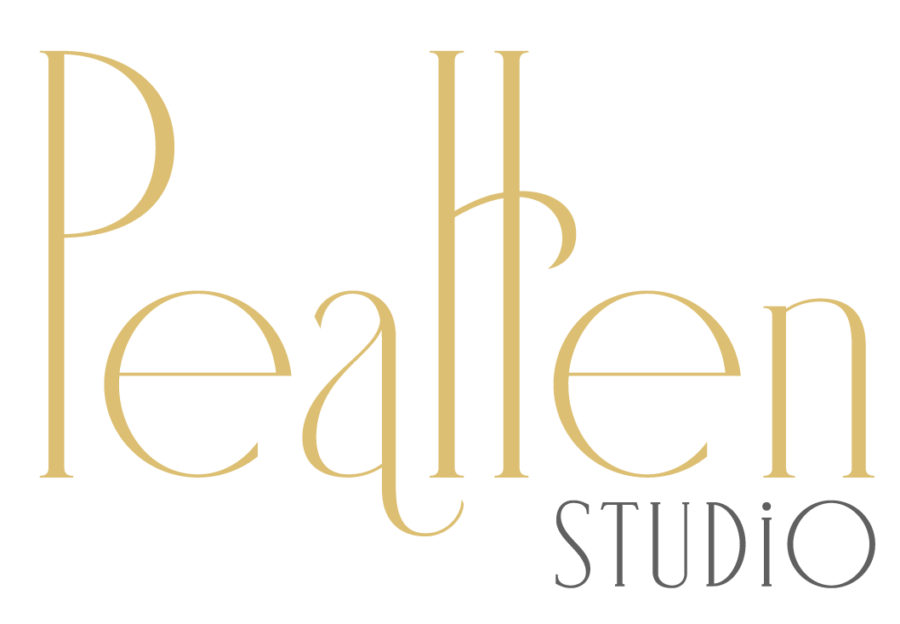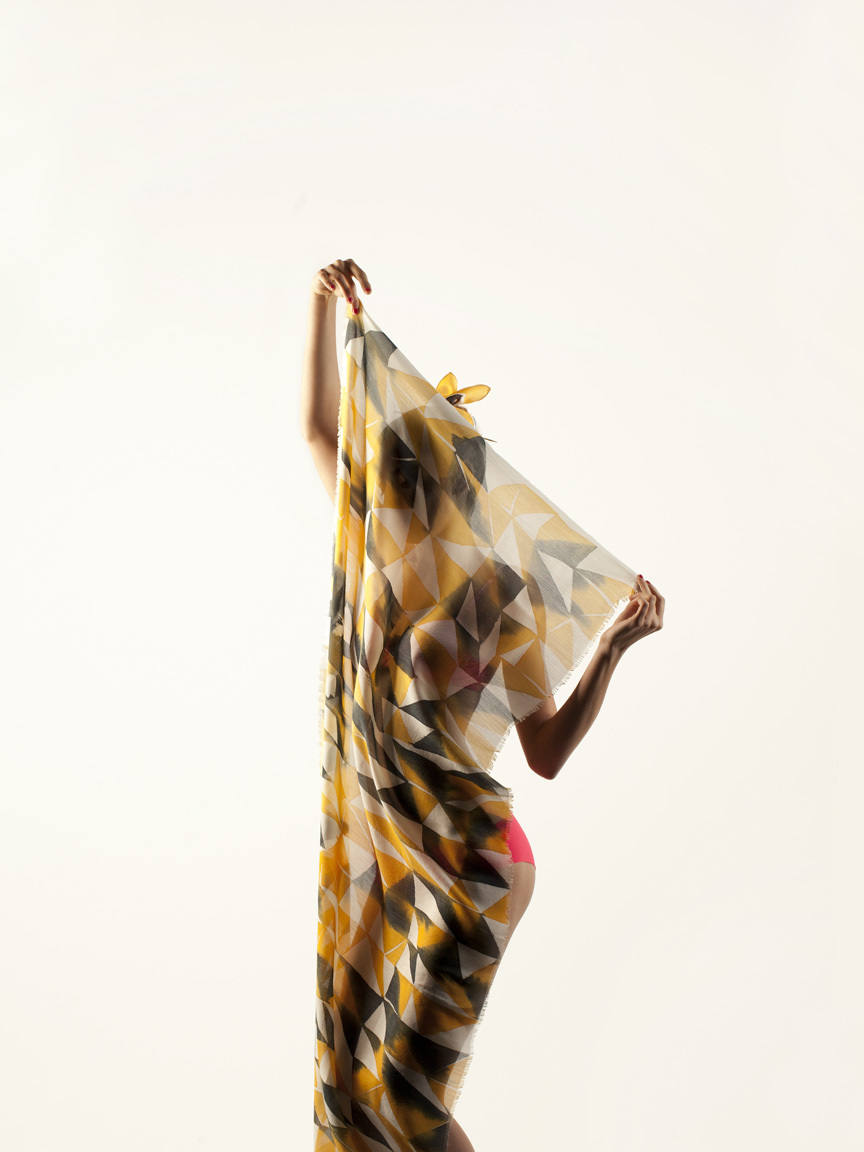So what does the tofu on your dinner plate have to do with the dress in your closet? Or going plant-based for that matter?
Consider that your clothes come from the same place your food does – flora and fauna. The parallels between food and fashion abound and, in many ways, slow fashion has gained traction on the heels of the slow food revolution. Farm to table helped to start a food transformation. It worked so well, in fact, that it’s now entirely normal – and expected – for a restaurant to tout the farm where they source their meat and produce. It also seems like more people are transitioning into full-blown vegetarian or vegan lifestyles than ever before. Why not bring this same level of thoughtfulness to our wardrobes? Why not dress “farm to closet”?
Cue my interest when I saw Summer Edward’s piece about soysilk. 1. I had no clue this was even a thing and 2. A flood of questions followed. Was the textile version of soy just as complicated as the food? Was soysilk a new age vegan fabric being touted like, say, Piñatex [leather made from pineapple fiber]?
Summer answers all these questions in this piece, which originally appeared on Tortoise & Lady Gray, her fashion and lifestyle blog where she promotes ethical and sustainable wardrobe choices and inspires her readers to embrace a slow fashion lifestyle. She’s also incredibly well-versed in sustainable textiles and has an e-book to tell the tale – rad![/vc_column_text][vc_separator][/vc_column][/vc_row][vc_row][vc_column][vc_column_text]
By Summer Edwards
Soysilk is an emerging new fiber that is increasing in popularity in sustainable fashion circles. Also know as vegetable cashmere, soysilk is a relatively new fiber that has been created from soybean waste left over from the production of soy food industry. While not entirely new- soysilk was manufactured as far back as 1940– it has been growing in prominence and availability only in recent years.
Is it sustainable?
The manufacturing process takes waste soy residue from the processing of soybeans for food products such as tofu, therefore making use of a resource that would otherwise go to waste. It is completely biodegradable, making the impact on the environment minimal. You can easily compost your soysilk garments once they have worn out. However, to turn the actual soy proteins into fabric, the soy needs to be chemically processed. Soysilk is usually manufactured on a closed loop system, meaning that the chemicals are captured and reused rather than wasted. This makes soysilk comparable to other sustainable fibers such as lyocell. However, the process requires the use of formaldehyde which harmful to human health, although I haven’t found much discussion on whether soysilk garments expose the wearers to this chemical. So the sustainability of soysilk is not completely straight forward.[/vc_column_text][/vc_column][/vc_row][vc_row][vc_column][vc_column_text]
Is it ethical?
The ethics of soy is also questionable, even when it is an excellent replacement for meat and some animal-based textiles. The global soy industry is also heavily reliant on GM crops, and is also complicit in the clearing of rainforest and the displacing of Indigenous communities from their traditional lands. For an insightful discussion of the ethics and environmental implications of soy in the global industrial food system, I highly recommend Stuffed & Starved by Raj Patel.
However, due to the properties of soysilk, it is a valuable fiber for vegans and those looking to reduce their reliance on animal-based fibers, who also want to do this in a reasonably sustainable manner. The textile is light, smooth and somewhat delicate, and can be used as yarn for knitting, or for fine weave fabrics. This fabric, though unique, has much of the same properties as silk, and bespoke creations using digital silk printers can also be made using soysilk.
It can be used as a substitute for both silk and cashmere in garments, as well as synthetic fabrics (such as polyester) which are also often used as a cheap alternative to silk.
Because it is delicate, it isn’t as hard wearing was other natural fibers such as cotton and hemp. So it is best used for delicate garments, or blended with other natural fibers for other garments. When blended with other natural fibers, such as cotton, the soysilk adds a smooth silky quality whilst the other fiber improves the strength. However, soysilk is still machine washable, meaning it is far easier to care for than silk and cashmere.[/vc_column_text][/vc_column][/vc_row][vc_row][vc_column][vc_single_image image=”2251″ img_size=”large”][vc_column_text]Because soy is a natural protein-based fiber, it is suitable for dyeing with natural dyes and is an excellent fabric with which to experiment with ecodying and ecoprinting with leaves and flowers. This property eliminates the need for chemical dyes to color the fabric.
So soysilk is complicated. It can have a place in a sustainable wardrobe, but you do need to weigh up its benefits against the ethical and environmental impacts and decide whether it has a place in your wardrobe. Certainly, it is much lower impact than cashmere and probably comparable to silk. Personally, I would be willing to include soysilk garments in my wardrobe if I came across something that I liked and needed, but I don’t go out of my way to search it out. But you may feel differently, particularly if you are vegan.[/vc_column_text][/vc_column][/vc_row][vc_row][vc_column][vc_column_text]
A end note from Kasi
It’s really hard to find this textile! When you search for it don’t be dismayed by the results that come up for milk. Tell Google that your fridge is stocked and autocorrect that, yes, you meant to type ‘silk.’
It’s easier to track down if you’re a designer looking to find the raw fabric. It’s way harder to find it as a consumer looking for a brand that’s already using it. Here are two sources I found: Yarn & Joy of Hand Spinning.
Remember: When you wear your soy instead of eating it there are no scary hormone side-effects.
Tell me and Summer, do you know any brands using soysilk? Would you wear soysilk?
Images via the talented Bonana Val Mil, Sustainable Textile Artist
[/vc_column_text][/vc_column][/vc_row]



